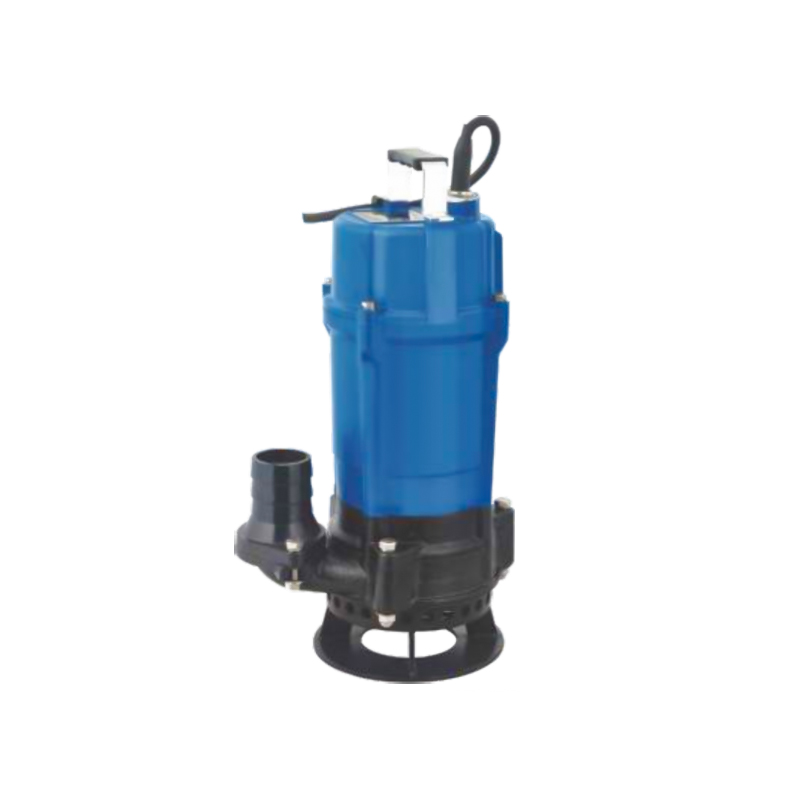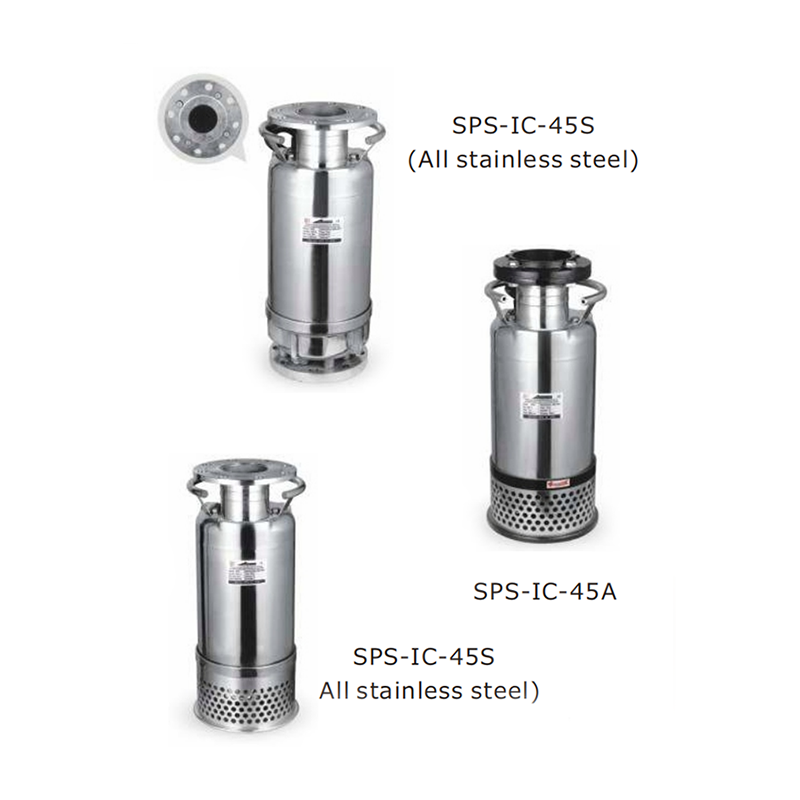The demand for submersible pumps for dewatering has risen significantly as industries seek efficient and reliable solutions to manage water accumulation in challenging environments. These pumps are designed to operate fully submerged, making them ideal for applications where traditional pumping systems struggle to perform. With robust construction and advanced engineering, submersible dewatering pumps provide consistent water removal in mining, construction, agriculture, and industrial settings, ensuring operational continuity and safety.
 |
 |
 |
Advantages
One of the key strengths of submersible pumps for dewatering lies in their durable materials and corrosion-resistant designs. High-grade stainless steel and hardened cast iron components protect against wear from abrasive particles, while advanced sealing mechanisms prevent water intrusion into critical motor parts. These features allow the pumps to handle sediment-laden water, chemical exposure, and harsh operating conditions without compromising performance. The ability to function in demanding environments reduces maintenance needs and extends service life, making them a cost-effective choice for long-term water management.
The operational efficiency of submersible dewatering pumps sets them apart from conventional alternatives. Their submerged design eliminates the need for priming, reducing energy consumption and startup delays. Automatic float switches enable autonomous operation, activating the pump when water levels rise and shutting it off when levels recede. This hands-free functionality is particularly valuable in remote or hazardous locations where manual intervention is impractical. Additionally, compact designs allow installation in tight spaces, providing flexibility in various applications where space constraints limit other pumping solutions.
Applications
Mining Industry: submersible pumps for dewatering play a crucial role in managing groundwater and slurry removal. Open pits and underground tunnels require continuous water extraction to maintain safe working conditions and prevent flooding. The pumps’ ability to handle abrasive mixtures containing rock particles ensures reliable performance in mineral processing and tailings management. Their sealed construction also helps comply with environmental regulations by small leaks and contamination risks.
Agriculture:Agricultural operations benefit from submersible dewatering pumps for drainage and irrigation control. Farmers use these pumps to regulate water levels in fields, ponds, and drainage systems, adapting to seasonal fluctuations. The pumps’ resistance to chemical-laden water, such as fertilizer runoff, enhances durability in farming environments. Their efficiency in shallow water applications makes them suitable for diverse agricultural needs, supporting crop productivity and land management.
Industry:Industrial facilities rely on submersible pumps for dewatering to manage process water, flood prevention, and cooling systems. Manufacturing plants, refineries, and petrochemical sites use these pumps to remove accumulated water from basements, tunnels, and containment areas. Explosion-proof models ensure safe operation in hazardous environments, while high-temperature variants handle industrial cooling applications without failure. The versatility of submersible dewatering pumps makes them indispensable for maintaining operational efficiency and safety across industries.
Future advancements in submersible pump technology focus on improving energy efficiency and integrating smart monitoring systems. Emerging designs incorporate sensors to track performance metrics, enabling predictive maintenance and reducing downtime. Innovations in hydraulic engineering aim to enhance solid-handling capabilities while small wear. As industries face increasingly complex water management challenges, submersible pumps for dewatering will continue evolving to meet diverse demands with reliable and adaptive solutions. Their growing adoption underscores their importance in modern water removal applications, ensuring efficiency and durability across multiple sectors.



 English
English русский
русский عربى
عربى







